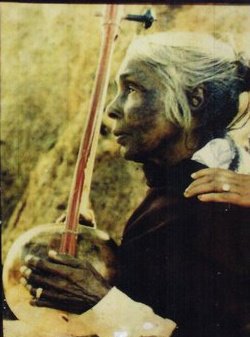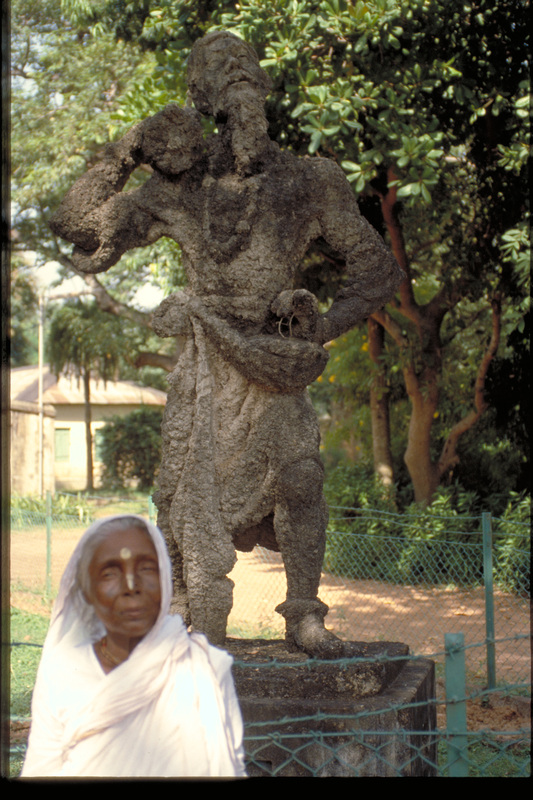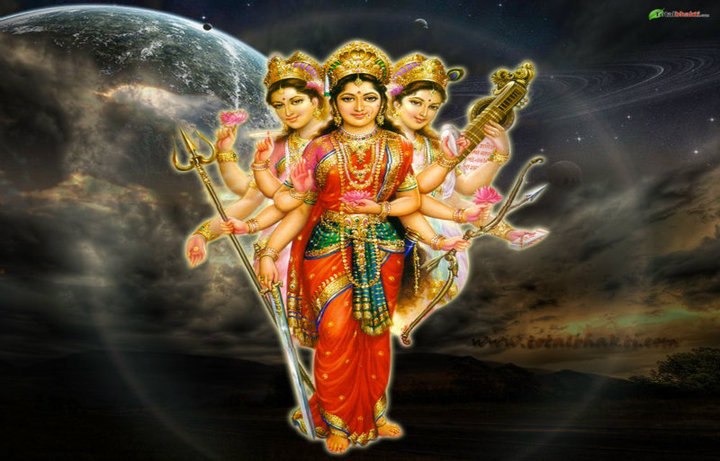It is said that Rudraksha is God’s gift to mankind. The word ‘rudraksha’ refers more to the broad leaved tree but is usually associated with the seed used in Hindu prayers and chanting. The botanical name is Elaeocarpus granitrus. ‘Rudraksha’ means Rudra’s eye and tradionally used for prayers in Hinduism. Etymologically it originates from two Sanskrit words, ‘Rudra’ meaning “Shiva” and ‘aksha’ means ‘eye’ or ‘teardrop’. The word ‘rudraksha’ is interchangeably used for the seed as well as the ‘mala’ made from them and used as a rosary for repetitive prayer during the japa. In this sense it is an aid to concentration and worship in Hinduism.
MYTHOLOGY:
Mythological tales have it that the Rudraksha plant was born out of Lord Shiva’s tear drops. Thus rudraksha seeds are prized as the compassionate tears of Lord Shiva for human suffering. From time immemorial, rudraksha beads have adorned the bodies of sages and saints as a symbol of God’s love. Chanting on each bead, “Aum Namah Sivaya", they led fearless life in far-flung frontiers seeking enlightenment and liberation. It is also used symbolically by Hindus as a mala or a single bead chain worn around the neck. Normally rosaries that are worn have 108 or 54 beads strung together. Rudrakshas can be mantra energized and each type has a deity and plant attached to it.
PURANA:
The greatness and powers of the rudraksha is mentioned in ancient scriptures, such as ‘Shiva Purana’, ‘Padma Purana’ and ‘Srimad Bhagavad’ . According to the old mythological epic "Shiv Purana", Rudraksha was the favorite tree of Lord Shiva and it grew in Gauda land which is the present day Gangetic plains to foothills of Himalayas. Various mantras relating to rudrakhas are described in the Padam Purana and Vidyeshvarasamhita from Shiva Purana (Chaper 25).
SEED:
The seed of the Rudraksha tree holds a very special place in Hinduism, and is credited to possess mystical and divine properties. Necklaces made of Rudraksha beads are considered auspicious as well as powerful, and are supposed to have profound astrological and health benefits. It is believed that one who wears Rudraksha is untouched by sins, and is protected from all impious deeds or thoughts. Rudraksha seeds are covered by an outer shell of blue color when fully ripe, and for this reason are also known as blueberry beads. The blue colour is derived not from pigment but is structural. It is an evergreen tree that grows quickly. Rudraksha Tree starts bearing fruit in three to four years. As the tree matures, the roots buttress rising up narrowly near the trunk and radiating out along the surface of the ground.
RUDRAKSHA TREE:
Rudraksha is a large, evergreen broad-leaved tree found in tropical and sub-tropical areas at the altitudes ranging from seacoast to 2,000 meters above the sea level. The tree is perennial and grows throughout the year. The Tree of Rudraksha is about 50-200 feet tall depending on the area and the climate. The diameter of trunk is upto 1.22 meter. The main trunk of the Rudraksha tree is cylindrical with a grayish white and rough textured bark. In nature, leafy crown of a Rudraksha tree takes a pyramidal shape.
LEAVES:
The leaves of Rudraksha tree are shinning green on the upper side with a dull leathery dorsal side. In the beginning these leaves are light green in color and turn into deep green at the time of maturity and changes into yellowish red before turning grey coffee color and falling. This cycle of leaves continues all over the tree throughout the year. Rudraksha flowers are white with fringed petals and they appear in April-May. Its flowers exhibit mild aroma or fragrance like raat ki rani. The flowers of the Rudraksha appear in bunches. Rudraksha fruits appear in June and ripen by August-October but it occurs only when the tree is seven to eight years old.
FRUITS:
Rudraksha fruits are globular in shape with a fleshy exterior. The size of the fruit is 2cms to 4cms in diameter and is green in color. After maturity the colour of fruit starts turning into bluish violet from green and then into deep brown and then finally into light black in colour. Rudraksha farming is a difficult process due to the slow sprouting from the beads. Depending on the humidity of the soil, it usually takes 1-2 years for a tree to sprout. Rudraksha is grown in subtropics climatic regions with temperature ranges of 25-30 degree centigrade. The tree starts giving fruit after 7 years.
RUDRAKSHA BEADS:
The bead is inside the fruit which we call the seed of the fruit of Rudraksha. The bead present inside is hard and tubercles. The bead has very hard rough surface having uneven grooves and a long cavity in the center from the point where it's main is attached to the stem. The bead contains seed/s inside and receives their nourishment from the central cavity. From the central cavity vertical clefts remain attached.Each cleft has separate compartment having one internal seed. The joint of these cleft preludes outside the body of the seed. This joint is visible from outside. This joint is known as mukhi or dhari or we call facet.
MUKHIS:
A single Rudraksha tree bears beads in all different faces or ‘mukhis’ at the same time. ‘Mukhi’ or ‘muhka’ means face. It indicates the clefts and furrows they have on the surface. Rudraksha beads are classified on the basis of the number of “mukhis”
The higher mukhis or faces are very rare. Most common Rudraksha bead is the five faceted or panch mukhi. Rudraksha up to 21 mukhis are found and documented. But 22 to 29 mukhis have also been obtained.
Each bead has a different effect, depending on the number of mukhis it has. These are vital from the astrological viewpoint, since it is believed that Rudrakshas of different mukhis please different planets. The scriptures speak of 1 to 38 mukhis, but Rudrakshas of 1 to 14 mukhis are commonly found. The central hard Rudraksha uni-seed has 1 to 108 faces and 2 to 21 faces Rudraksha are available, 1 faced Rudraksha is scarcely available, Rudraksha having 22 to 108 are almost extinct. It is said that 22 to 108 faced Rudraksha plants still survive at the Himalayan foot hills and Mansarovar regions but are yet to be found.
JAPA MALA:
‘Japa’ means chanting and ‘Mala’ means garland. Japa mala is a set of beads commonly used by Hindus during chanting or reciting hymns. Such recitals are known as ‘nama-japa’. Usually 108 beads are stringed together to form a complete mala. There would be a head bead to indicate a full circle of counts. This head bead is called the Sumeru or Bindu. It is also known as the guru bead. Rice, flower buds and beads of sorts are used to indicate the completion of the 108 rolls.
108 BEADS:
More than keeping count, Japa mala is used for concentration and focus while mantra of a particular deity is chanted. Several reasons are attributed to the number 108. Among the Vaishnavites, 108 gopis of Vrandavan is reffered to by the Gaudiya school. The ancient rishis apparently made astronomical calaculations to derive at the figure 108.
Astrologically the distance of the Sun from Earth divided by diameter of Sun and distance of Moon from Earth divided by diameter of moon is approximatelty equal to 108. Hence 108 became significant in vedic chantings. The diameter of the sun is 108 times the diameter of the earth. In astrology there are 12 constellations and 9 are segments called namshas or chandrakalas. 9 x 12 = 108. Chandra is moon and kalas are the divisions within the whole. Also in astrology, there are 12 houses and 9 planets.
108 may also be the product of precise mathematical operation, for example 1 power 1 x 2 power 2 x 3 power 3 equals 108. Number 9 and 12 have spiritual significance. 9 x 12 = 108. Also 1 plus 8 equals 9 and again 9 x 12 = 108.
The number of Sanskrit alphabets is 54. Each has a masculine and feminine – Shiva Shakti. 54 x 2 is 108.
Heart Charkra:
The chakras are intersections of energy lines and there are said to be a total of 108 energy lines converging to from the heart chakra. One of them, susumna leads down the crown chakra and is said to be the path of Self-realisation.
Marma: Or marmastanas are like energy intersections called chakras, except have fewer energy lines converging to from them. There are said to be 108 marmas in the subtle body.
Spiritually 1, 0 and 8 has significance. 1 stands for God or higher Truth, 0 stands for emptiness or completeness and spiritual practice and 8 stands for infinity or eternity.
MUKHIS AND BELIEFS
One faced rudraksha: Also known as Chandramukhi rudraksha, it is said to represent Lord Shiva. This rudraksha is a symbol of truth. It has calming effect to assist meditatation.The one faced rudraksha is a rare find. All past sins are alleviated by wearing this one faced rudraksha. It protects against enemies and begets the pleasures of life. This also cures the malefic effects of the Sun and creates individual charisma and radiance of the divine sun god, Surya.
Two faced rusraksha: In Shaivism, this rudraksha represent the generative aspects of the Divine Ardhanariswara; Shiva-Shakti meaning the sum total of male and female energies. The Vaishnavites, on the other hand beolef this to be a symbol of Lord Vishnu. It harmonizes energies between individuals and creates lasting and harmonious attachments. The malefic effects of the Moon are controlled by a two faced rudraksha. The human body is severty five percent water and the rudraksha is represented by the mood-tide effect. This rudraksha makes a person complete one task before moving to another. Generally it bestows domestic pleasures has a bearing on couples’ happiness.
Three faced rudraksha: Generally the number three is associated with the Trinity, Brahma, Vishnu and Shiva. This rudraksha also represents Agni. Generally it is believed to be the provider of the purushartas. It is also believed to purify the soul and gives confidence and the energy to face and overcome any predicaments that befalls human life. It helps introvert individuals in giving confidence at times of anxiety and depression. The malefic effects of Mars are considerably reduced by wearing a three faced rudraksha. It is said that those undergoing a “manglik/mangalya dosha” in their horoscope charts benefit by wearing this rudraksha.
Four faced rudraksha: This rudraksha represent Lord Brahma, the creator of the universe. It assists in mental and intellectual pursuits. It is said to direct the mind towards grasping knowledge. On the health side it is said to be connected to respiratory tract problems. A four faced rudraksha removed the malefic effects of Mercury.
Five faced rudrakhsa: This rudrakhsa represent Lord Shiva and is the most common of all rudrakshas. Most ‘japa malas’ are stringed with five faced rudrakshas. It is known as the bead of good luck and academic excellence. Wearing this brings about tranquility and peace of mind. The mala or rosaires used when repeating mantras are usually made from fived faced rudrakhsa. Believed to be controlling the five elements, this bead is said to create a protective armour around the human body and protects a person from adverse situations. The body system that is enhanced by this bead is the blood pressure system. It helps in the malefic effects of Jupiter.
Six faced rudraksha: Representing Lord Karthikeya or Skanda this bead blesses the wearer with victory and wisdom. It is said to assist marital happiness and sense pleasures. The power of ‘vashigara’ or enchantment or attraction is increased by a six faced rudraksha. It enhances personal relationships and gives wit, charm and intelligence during public dealing. Health wise, it is connected to the human sexual system. The malefic effects are controlled by wearing this bead.
Seven faced rudraksha: This rudraksha represents Goddess Mahalakshmi. Vasihnavites believes it to be linked to Shesha Naga serpent. It contains mysterious powers that helps on during times of poverty. Like the six-faced rudraksha, this bead also blesses one with ‘vasigara’ and control over others. It is thus the mark of Kamadeva –cupid. Health wise it is connected with impotency, foot related diseases and the respiratory system. The seven faced rudraksha is not worn on the body but kept in a place of worship. This bead is helpful for individuals having ‘kalsarpa yoga’ in their horoscope charts. It is a favourite among those practicing Tantrik sadhanas. It helps in the malefic effects of Saturn.
Eight faced rudraksha: Represents Lord Ganesha. Like the Lord himself this rudraksha assists in the removal of obstacles and ensures success. It is helpful in the cure of mysterious diseases, harrassment by evil spirits and also evades stress and anxiety. It is said to lead to occult advancemen and development of intuitive faculties. It is also said to contain protection to those having ‘sarpa dosha’ in the horoscope charts. The maefic effects of Rahu are cured by this bead.
Nine faced rudraksha: Represents the deity Aadhya Shakti Ma and usually worn by Devi bhaktas. It is said to represent Goddess Durga. It helps in cultivating patience, controlling unnecessary anger. It is said to boost vocabulary and the mastery of languages. A sense of fearlessness or feeling of non-fear are enhanced by a nine-faced bead. The malefic effects of Ketu are controlled by this bead. The effects of Ketu are similar to those of Rahu and Saturn.
Ten faced rudrakhsa: Lord Mahavishnu, the preserver is represented by this bead. It protect the wearer to overcome trying times in life and creates a feeling of security. It removed complexes. As there is no ruling planet for this bead, one is blessed by Lord Vishnu himself. Nataran baktas or devotees use this beed to show affiliation. Generally it helps in devotion and meditation.
Eleven faced rudrakhsa: This bead is said to represent Lord Aanjaneya or Hanuman. It assists in concentration and instills a feeling of right action. It gives courage and is said to protect one from sudden death – ‘aakala mrityu’. Wearing this bead gives a strong protective influence and removes fear. As it assists comfortable life and weath, it is especially beneficial for women. It blesses with male progeny.
Twelve faced rudrakhsa: Surya or the Sun god deity is represented by this bead. It is said that it is representative of the rare one-faced rudraksha and has the same effects. It is believed that the twelve faced rudrakhsa bead is Lord Vishnu himself. This bead is generally excellent for those involved in public life. It is also helps curing diseases caused by the adverse placement of the Sun in the horoscope chart. It helps with the anxiety problems with one’s elders. Malefic effects of the Sun are controlled by this bead.
Thirteen faced rudrakhsa: The deity represented is Lord Indra, the ruler of Gods and Lord Kamadeva. Bestowing charm and worldly comforts it ensures spiritual success and equality it is the cupid’s symbol . It gives the wearer a position of authority. It is generally belied that the wearer attains a kingly status and thus has authority over the others. The individual emerges as victorious in all challenging situations and he does not give up until the full destiny is realised. In this sense a thirteen faced rudrakhsa bestows spiritual advancement on a sadhak.
Fourteen faced rudrakhsa: Referred as ‘deva mani’ the represented deity is Lord Hanuman. It is a rare bead and helps the wearer to achieve the most difficult of goals or destination. People of high rank or in a position of affluence receive blessing in using this bead. It is said to assist in the opening of the third eye and the wearer improves his intuition and is able to predict events of the future. The malefic effects of Saturn are controlled by this bead.
The compilation of this section on Mukhis and Beliefs is, as captioned, based on widely available notes on common beliefs. It is sumarised for completeness.
MANTRAS
One faced: Om Nama Sivaya
Two faced: Om Shiva Shakti Namaha; Om Namah
There faced: Om Kleem Namah
Four faced: Om Hreem Namah
Five faced: Om Hreem Namah
Six faced: Om Hreem Hum Namah
Seven faced: Om Hum Namah
Eight faced: Om Ganeshaya Namah; Om Hum Namah
Nine faced: Navadurgayai Namah; Aum Hreem Hum Namah
Ten faced: Sri Narayanaaye Namah; Sri Vaishnavi Namah
Eleven faced: Om Sri Rudraya Namah; Om Hreem Hum Namah
Twelve faced: Om Kraum Ksaum Ruam Namah
Thirteen faced: Om Hreem Namah
Fourteen faced: Om Namah
MEDICINAL VALUE:
According to the Ayurvedic medical system, wearing Rudraksha can have a positive effect on the heart and nerves, and relieve you from stress, anxiety, depression, palpitations and lack of concentration. It is also known for its anti ageing effect, and electromagnetic and inductive properties. People with high blood pressure have been found have benefited from the use of Rudraksha seeds or drinking water soaked in rudraksha.
GEOGRAPHY:
Rudraksha grows in the area from the Gangetic Plain in foothills of the Himalayan region to South-East Asia. Researches shows that these trees are mostly found in South Eastern Asian Islands of Java, Sumatra, Borneo, Bali, Iran,Java, Timur (Indonesia) and parts of South Asian Kingdom of Nepal, Srilanka,Burma, Myanmar, Tibet, Thailand, Malaysia, India, and northern parts of Australia, New Zealand, New California, Fiji, Philippines, South China, Japan and Hawaii.
The environment and location of Rudraksha trees plays a major role in the bead formation and the type of bead formed.e.g: The Himalayan beads seem larger, heavier and more powerful due to the environment they grow in. Elaeocarpus trees are planted for ornamental purposes as bunches of blue fruits all over the tree give a very scenic look.
Om


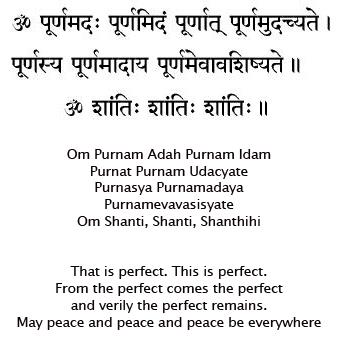

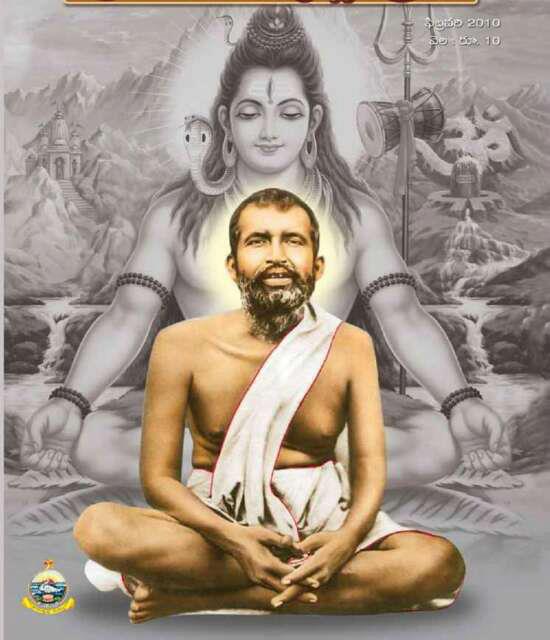

















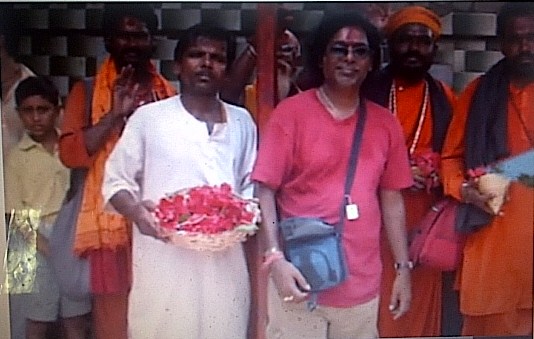




 RSS Feed
RSS Feed
